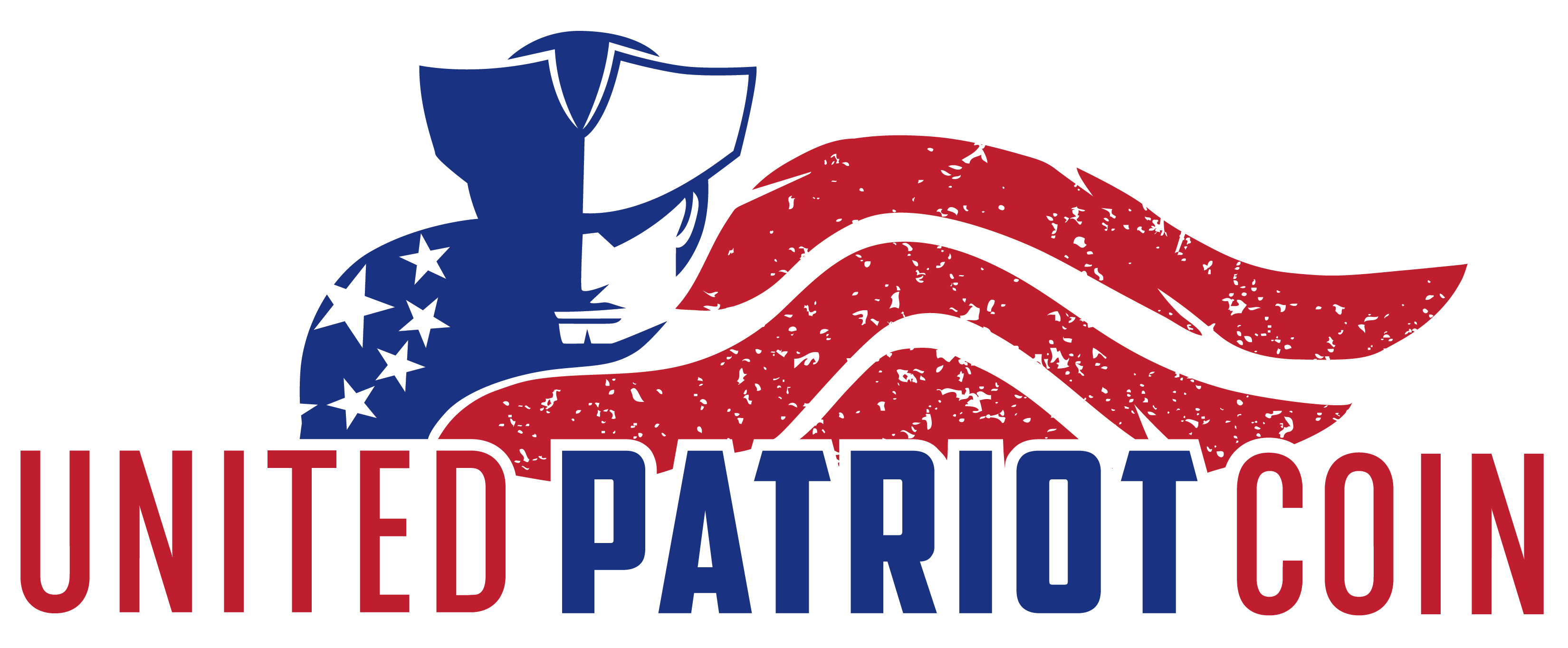Stagflation Fears Spiking Across America
In a financial climate brimming with uncertainty, the allure of precious metals as a safe haven for investors is stronger than ever.
Amidst fears of inflation, potential economic disruptions from political unrest, cyber-attacks, terrorism, stock market volatility, and the specter of stagflation, the wisdom of diversifying one's portfolio with tangible assets like gold and silver shines brightly.
The Warning Signs of Economic Instability
JPMorgan Chase strategists have recently raised concerns that the U.S. economy may be teetering on the edge of a 1970s-style stagflation scenario. Stagflation, characterized by economic stagnation coupled with high inflation, presents a complex challenge, combining rising consumer prices with high unemployment rates. This phenomenon significantly impacted the U.S. in the 1970s and early 1980s, marked by skyrocketing oil prices, escalating unemployment, and an aggressive monetary policy response that saw interest rates reaching nearly 20% in 1980 to combat a consumer price index that had soared as high as 14.8%.
Parallels With the Past
According to Marko Kolanovic, JPMorgan Chase's chief market strategist, in a recent article by Fox Business, "There are many similarities to the current times." The economy has already weathered one wave of inflation, and there's growing concern about the potential for a second wave if current policies and geopolitical tensions persist.
Despite a brief reprieve from stagflation fears in 2022, recent indicators suggest that inflation might not be subsiding as hoped. Consumer Price Index reports from the last few months have exceeded estimates, stoking worries that inflation could remain stubbornly high.
The Federal Reserve's aggressive interest rate hikes in 2022 were aimed at tempering rampant inflation. While there had been optimism for significant rate cuts in 2023, the reality of persistent inflation has led to a more cautious approach. Kolanovic advises investors to consider a scenario where "rates need to stay higher for longer," necessitating further tightening of financial conditions by the Fed.
How Do Gold & Silver Protect From Stagflation?
In times of economic uncertainty, precious metals like gold and silver offer a stable investment option. Historically, these tangible assets have served as a hedge against inflation and currency devaluation, providing a measure of security when other investment vehicles may falter. With the U.S. facing large fiscal deficits, massive government spending, and shifting trade flows—factors reminiscent of the 1970s—the case for including precious metals in one's investment portfolio has never been stronger.
The current economic landscape, with its blend of historical echoes and modern challenges, underscores the importance of diversification. By allocating a portion of their wealth to physical precious metals, investors can shield themselves from the volatility of the stock market and other financial uncertainties. As Jamie Dimon, CEO of JPMorgan Chase, has noted, the "Goldilocks" scenario—where everything is just right—is increasingly doubtful. In such an environment, precious metals stand out as a prudent choice for those looking to safeguard their financial future.
As we navigate through these turbulent economic waters, the wisdom of investing in precious metals becomes ever more apparent. Not only do they offer a bulwark against inflation and economic downturns, but they also provide a stable foundation in a diversified investment strategy. With the potential for stagflation on the horizon, the time to consider bolstering your portfolio with gold and silver may well be now.
If you agree that now is a good time to rebalance your portfolio, you can request a confidential consultation with one of our Metals Portfolio Experts, please submit the following form.



